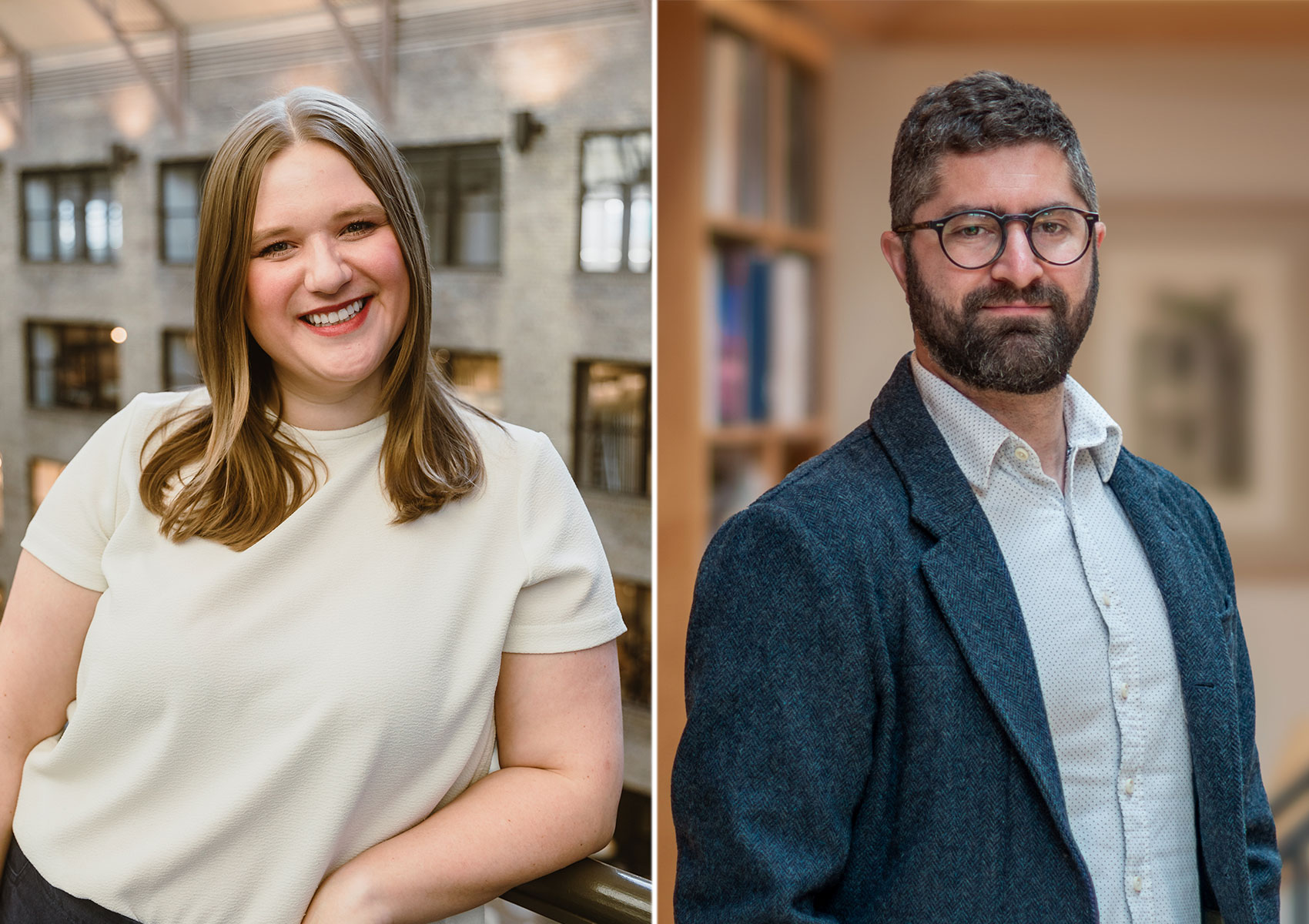Knowing a Person
by Mary-Margaret Zindren, EVP/Executive Director
In just a few days, more than 1,000 members of the architecture community will gather at the 2023 AIA Minnesota Conference on Architecture – an event designed to support learning and connection.
Just as learning requires curiosity and an open mind, connection requires curiosity and an open heart. But, often, we make our way through our days having only surface-level connections with others. Exchanges that seem like conversations but are really more like tennis matches or two-way monologues.
There is another path; one that aims for deeper connection through more present listening and selfless conversation, ironically feeding the soul of the listener in a way that benefits them dramatically. This is the subject of a new book from David Brooks titled How to Know a Person. (And if you’re already full up on books, see these articles by Brooks from the NYTimes and The Atlantic for key takeaways.)
Brooks’ research shows that, for some of us—about 30% of the population—the desire and ability to truly know others comes naturally. For the rest of us (myself included), it requires practice and intentionality.
Those of you who know Angie McKinley, Hon. AIAMN, know that she’s absolutely within that lucky few with natural ability. To have a conversation with Angie is something outside the norm. She is consistently, genuinely, and deeply curious about the person she is talking with. How can you tell? She is so present – her eye contact, her demeanor – and never once, in 8+ years of working together, did I hear her interrupt another person.
She also asks questions that show she hears you and wants to understand you. One small, everyday, example: One day, Angie commented on what I was having for lunch and I mentioned that for the past several months I had been able to develop a new habit of making plant-based food a priority. Angie then asked, “How do you feel? How does it feel to do this?” No one had ever asked this. And I hadn’t really thought about it, either. My response went from how I felt physically to how the choice is one that can feel embarrassing or righteous or no big deal, depending on the setting. Angie’s question helped her to know me and me to better know myself.
If we want to cultivate this kind of curiosity, presence, and care in conversation with others, the first step is to make the choice that we want to know others more deeply – those already close to us as well as acquaintances and strangers.
Then there is becoming more self-aware of the ways we seek to connect in conversation. To be cognizant of our tendencies to let our desire to express ourselves – to be known – become a priority over knowing and being present with others.
And then there is practice; practicing better ways of engaging. Like slowing our minds down to hear others’ thoughts in full, without interruption. And when a question is asked of us that opens the door to depth and vulnerability, saying “yes” to the invitation and walking through it, but not getting so lost inside that we don’t truly return to focusing on the other person.
Architects and designers regularly have opportunities to choose to know a person – a collaborator, a client, a community member. In fact, I would posit that the most effective and resonant design solutions depend upon it.
A good opportunity for practice is the upcoming conference. I so look forward to seeing many of you there. And amid the bustle of it all, I will strive to truly hear and know you, too.


